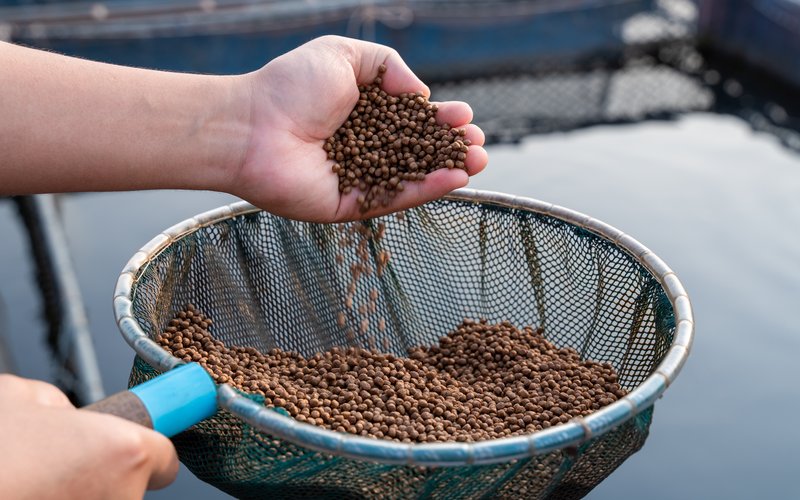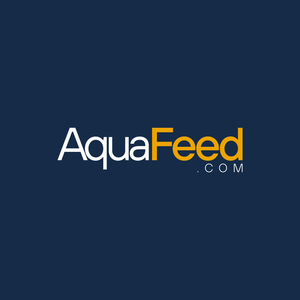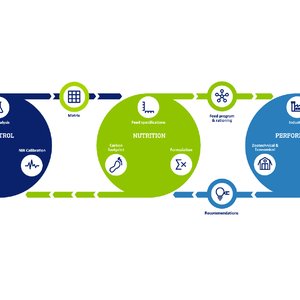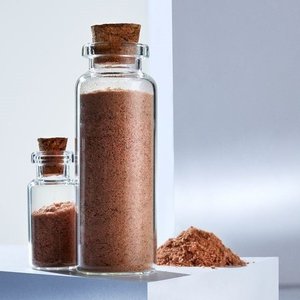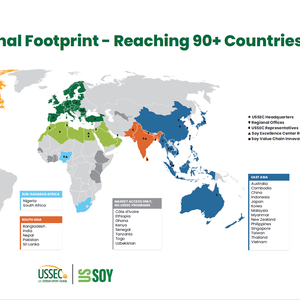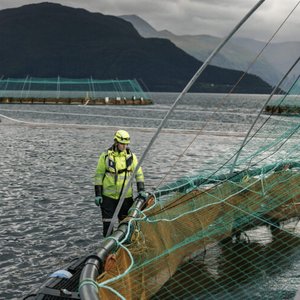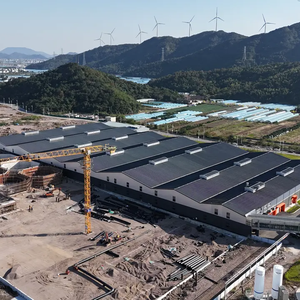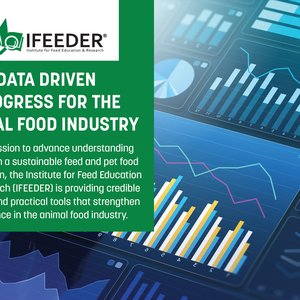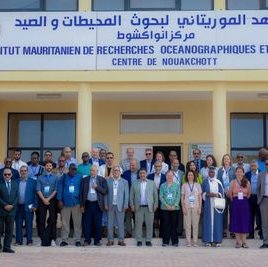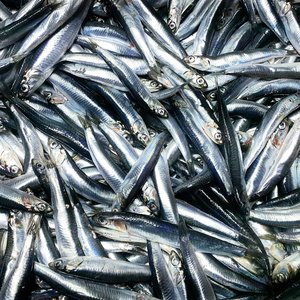Russia's Federal Fisheries Agency has reported a significant increase in domestic fish feed production, reaching 51.4 thousand tons in 2024—a 19% rise compared to 2023. This growth has allowed the country to cover approximately 25% of the domestic aquaculture sector's feed demand.
Before 2022, 90% of salmon feed in Russia was imported. To address this reliance, the government introduced additional support measures in 2023, including compensation for 25% of direct capital costs related to the construction and modernization of specialized fish feed production facilities.
As part of an import substitution strategy, Russian investors have developed new fish feed production facilities in the Kursk, Nizhny Novgorod, and Astrakhan regions, as well as in the Republic of North Ossetia-Alania. Additionally, an existing facility in the Saratov region has been modernized.
According to forecasts, by 2030, the total production capacity of existing and newly established facilities is expected to reach 250 thousand tons of fish feed per year.
Increasing self-sufficiency in salmon farming
In 2024, Russian fish farms covered 15% of the domestic demand for salmon eggs, a significant shift from previous years. Until 2021, about 98% of salmon eggs material was imported, primarily from Norway, Denmark, the United States, and France.
Recently, Russian fish farmers have turned to domestic hatcheries, which produce stock better adapted to local conditions and ensure greater transparency in disease control, the agency reported.
To meet rising demand in 2024, modernization efforts were completed at the Adler breeding facility, while new production sites were established in the Vologda and Yaroslavl regions and the Republic of Karelia.
By 2030, Russia aims to achieve 80% self-sufficiency in salmon eggs and 90% in fish feed production.


